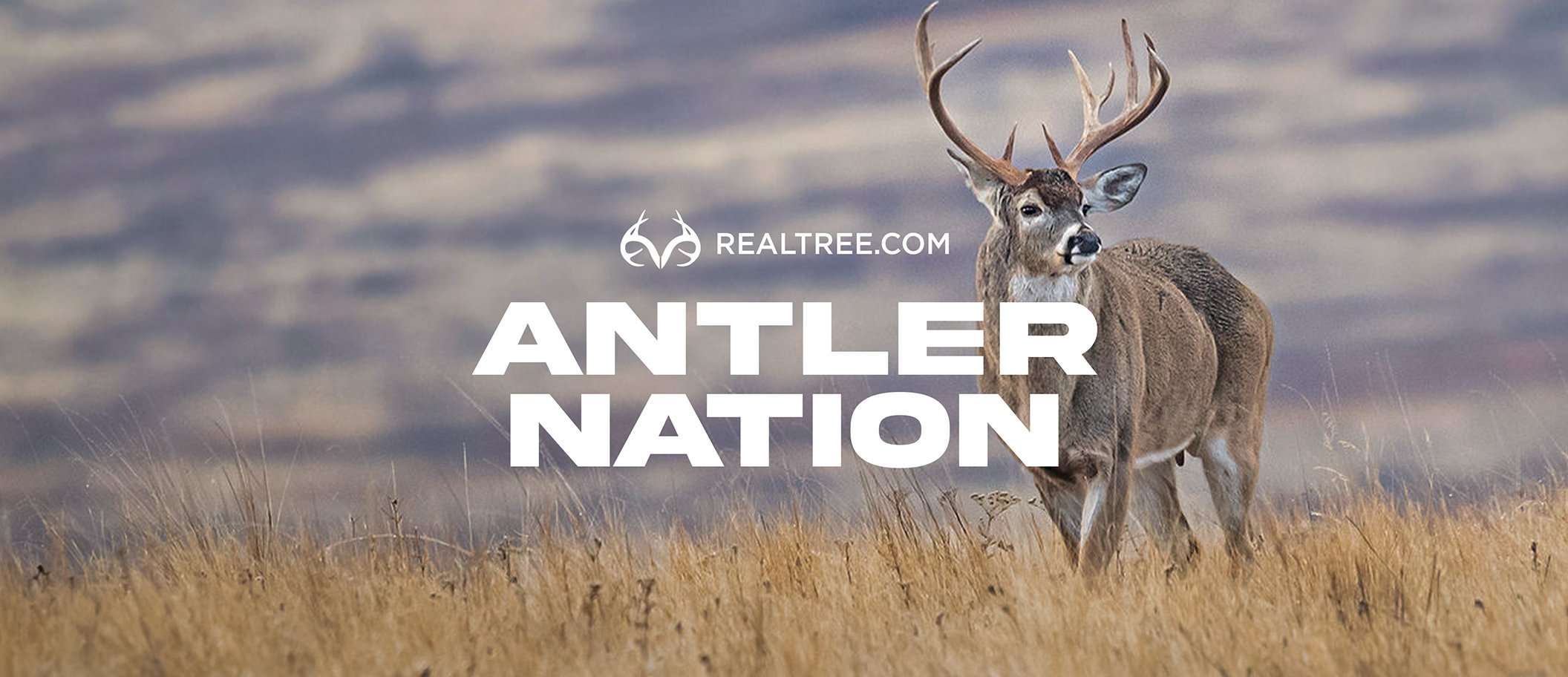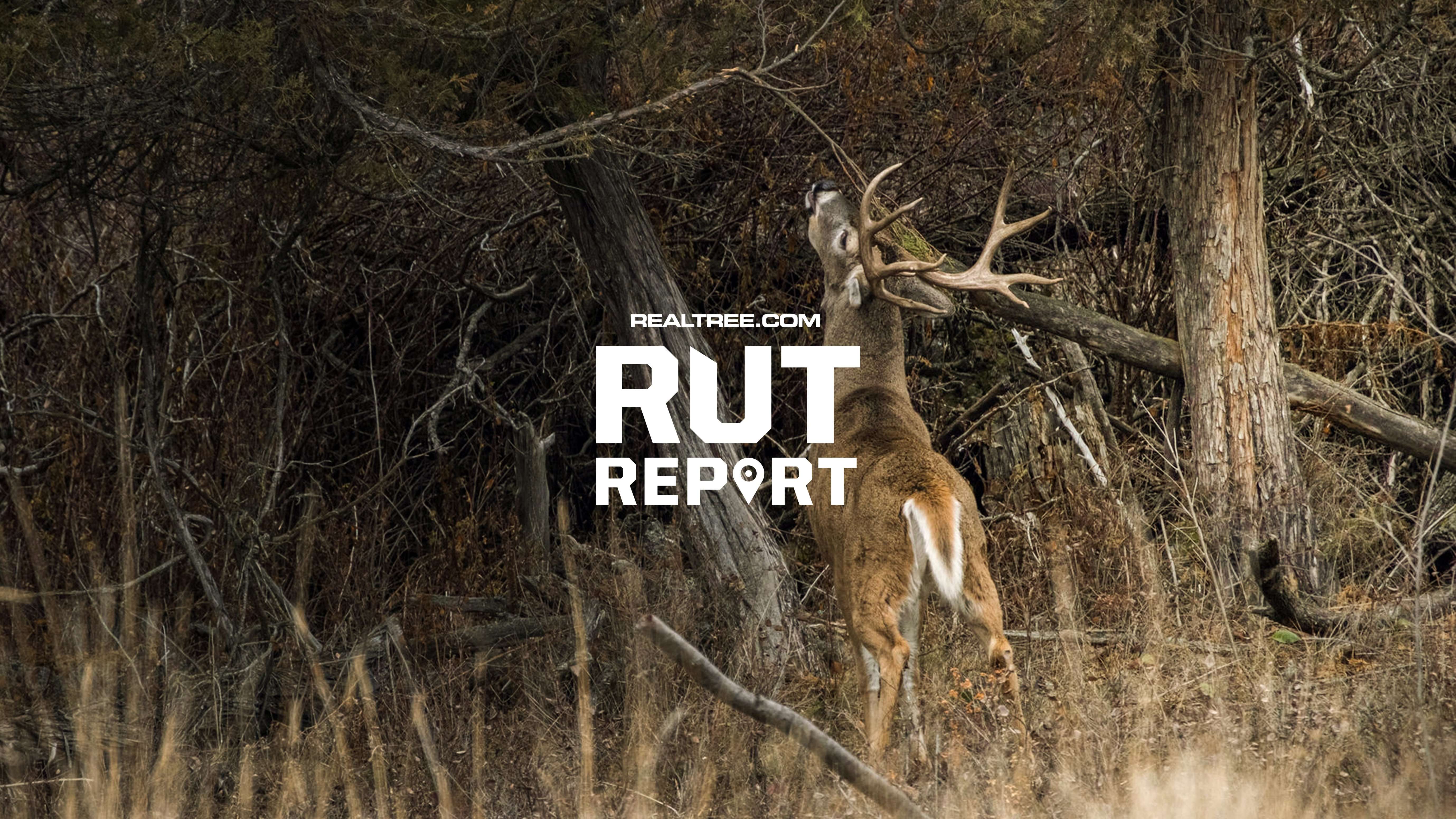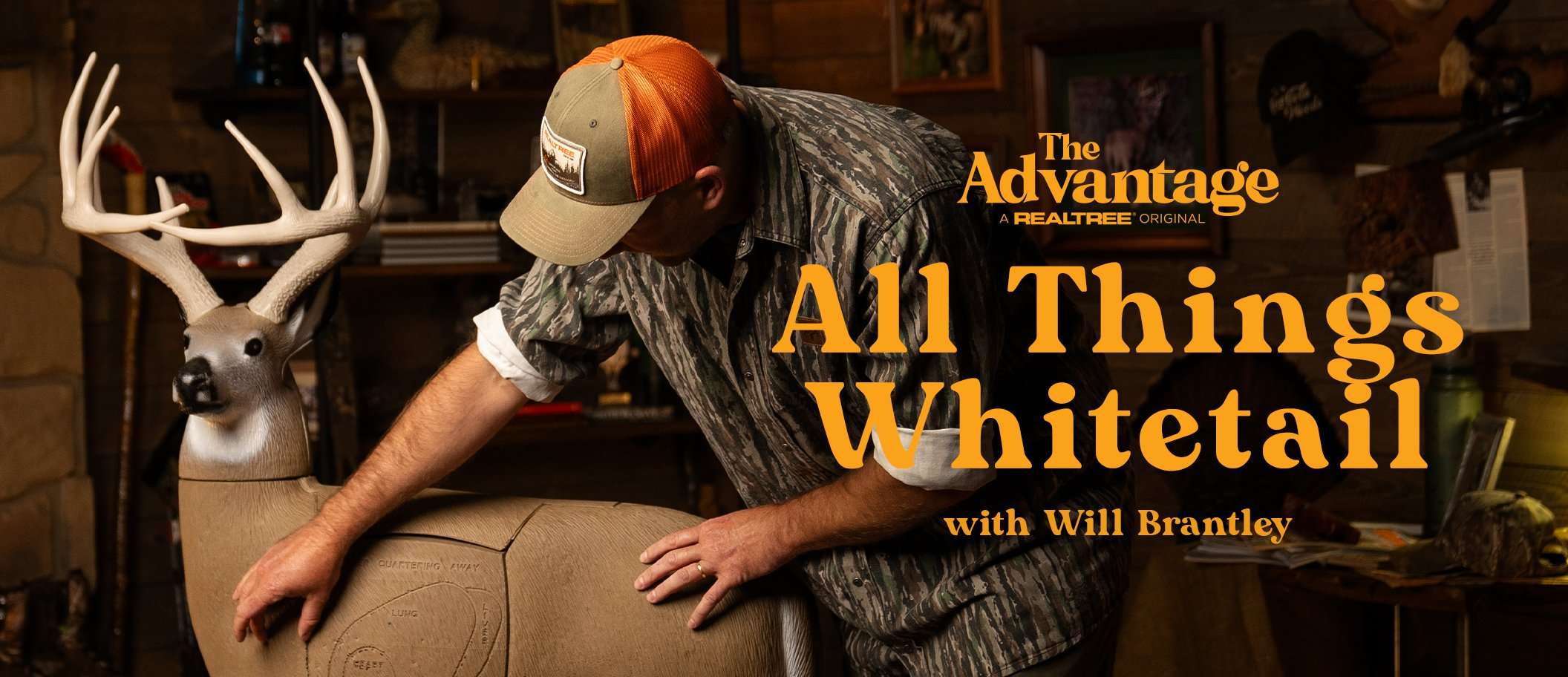While it isn't perfect for everything, the venerable .223 can work in a pinch for just about anything
I was at a deer camp last fall with gun writer Richard Mann, and he shot a buck with a .223. I know for many of you this might not be revolutionary, but there is a large group of hunters who still insist that a .223 isn’t enough for big game. But Mann shot the buck from a treestand, the bullet angling through the back, just below the spine, and deep into the vitals. The buck was dead within seconds, and after opening it up, I would’ve sworn the damage was done by a .308.
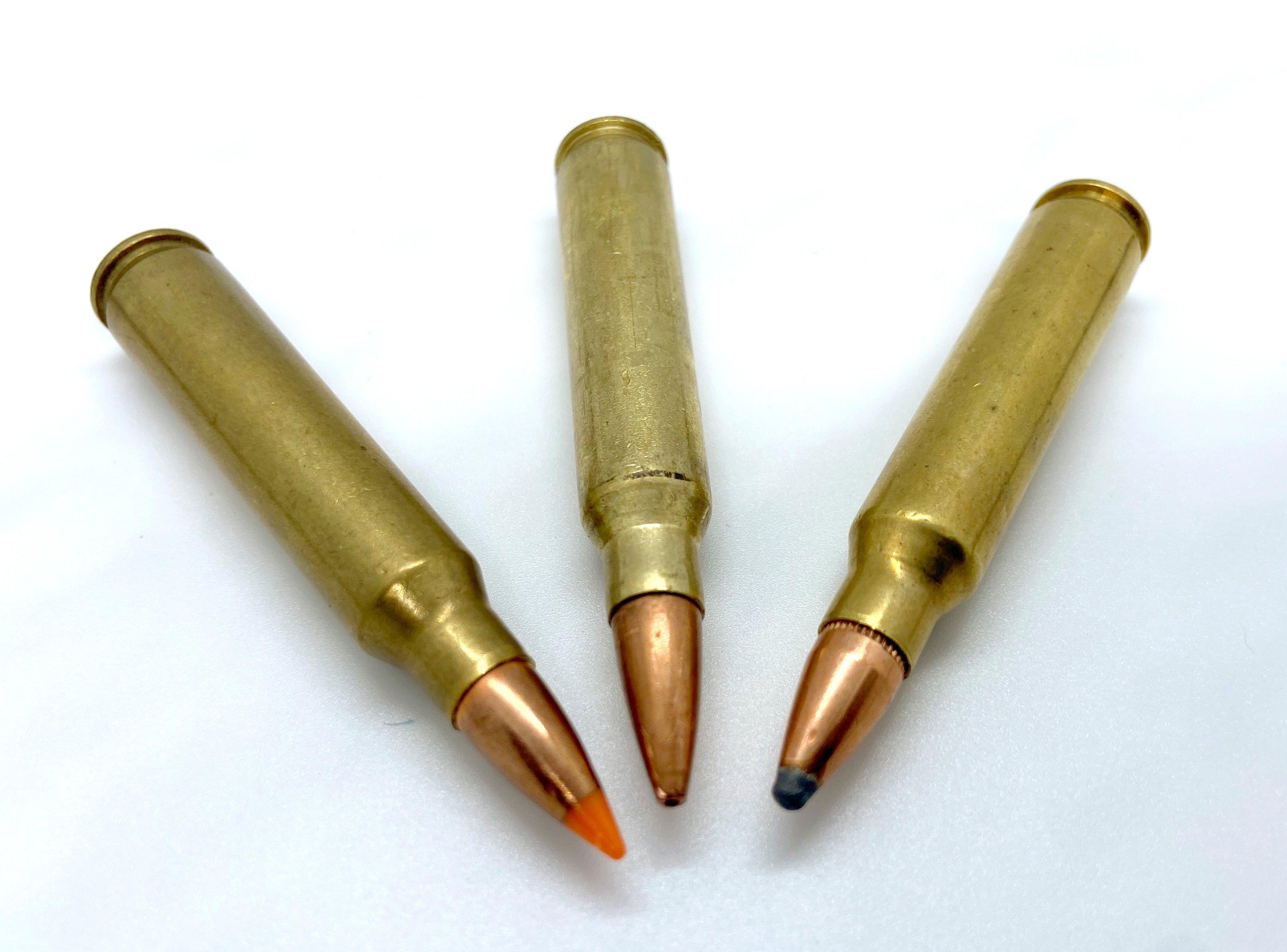
The .223 can be highly versatile, but hunters must pick the right bullet for the job. Photo by Will Brantley
I’m not going to claim that the .223 should be a go-to cartridge for stuff like moose, elk, or bears. But for those of us who hunt in places where our prime targets are deer, hogs, and coyotes, it can be just the ticket. With the right setup, you could even take small game and still have meat leftover for the pot. Here’s how to take a .223 and turn it into the one rifle you can use for just about anything.
ADVANTAGES OF THE CLASSIC CARTRIDGE
There’s something we need to get out of the way before going any further: In some states, you aren’t allowed to hunt big game with a .223. In others, you’re not allowed to hunt small game with a centerfire rifle. If you hunt in any of those places, my apologies. Furthermore, we’re not saying that you should retire your .30-06 in favor of a .223. This is just fun talk about guns, and making the case that if you could only have one rifle, a .223 is a pretty solid choice.
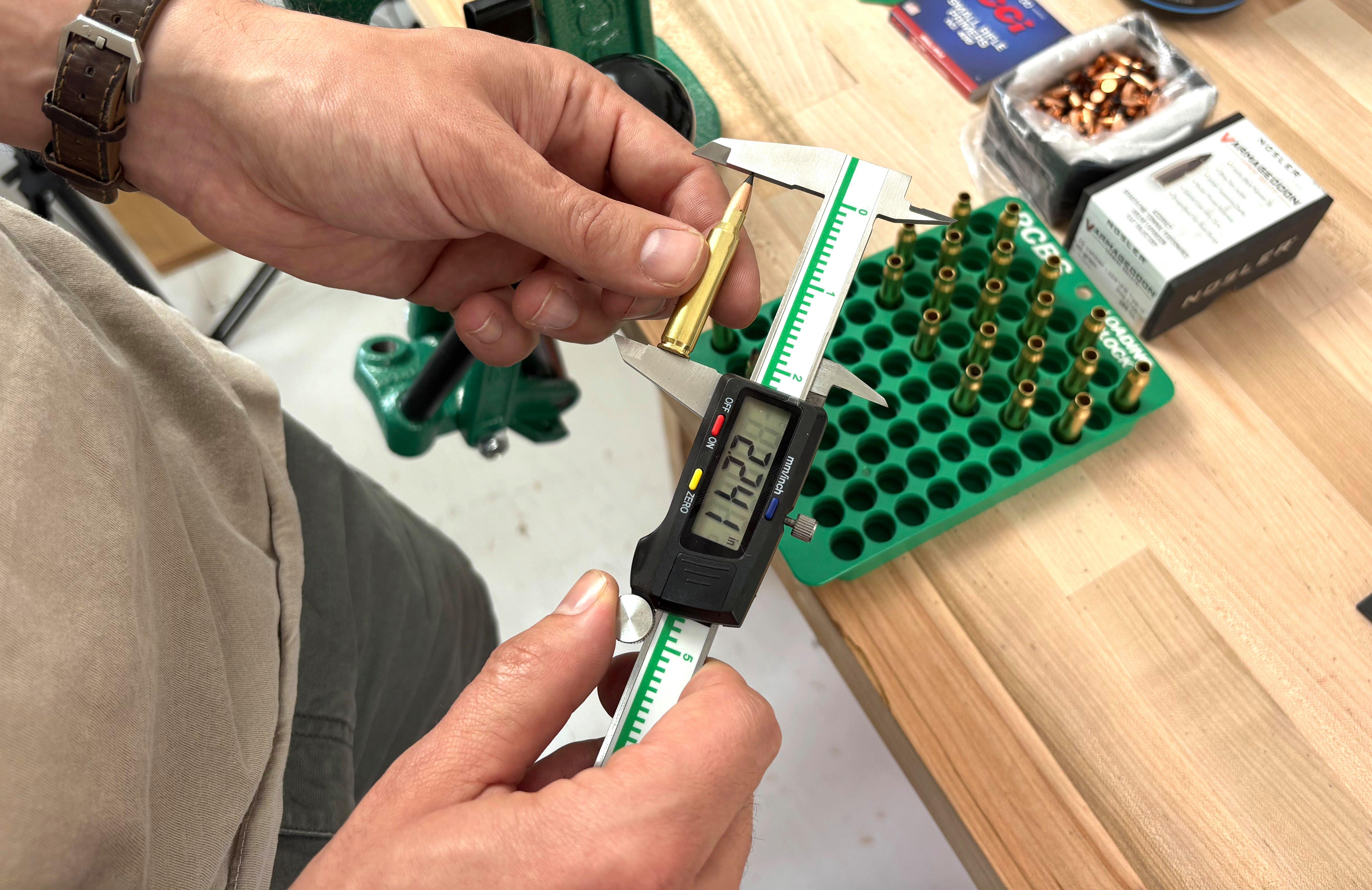
If you hunt both large and small game where the cartridge is legal, the classic .223 is a great all-around option. Photo by author
In this country, the .223 is one of, if not the cheapest, centerfire cartridges to shoot. You can find bulk surplus ammo for practice, and .223 brass for reloading is practically given away. The .223 also doesn’t use much powder and bullets are relatively cheap, which will save you money on handloads as well.
Don’t Miss: RARE STOLEN SHOTGUN RECOVERED AFTER 50 YEARS
Rifles chambered for .223 are often very lightweight and compact. This makes them easy to tote in the woods and maneuver in a blind when compared to long-action centerfires. You might already have a .223 in the form of an AR-15, and depending on your state regs, you can probably take it hunting with a simple magazine swap.
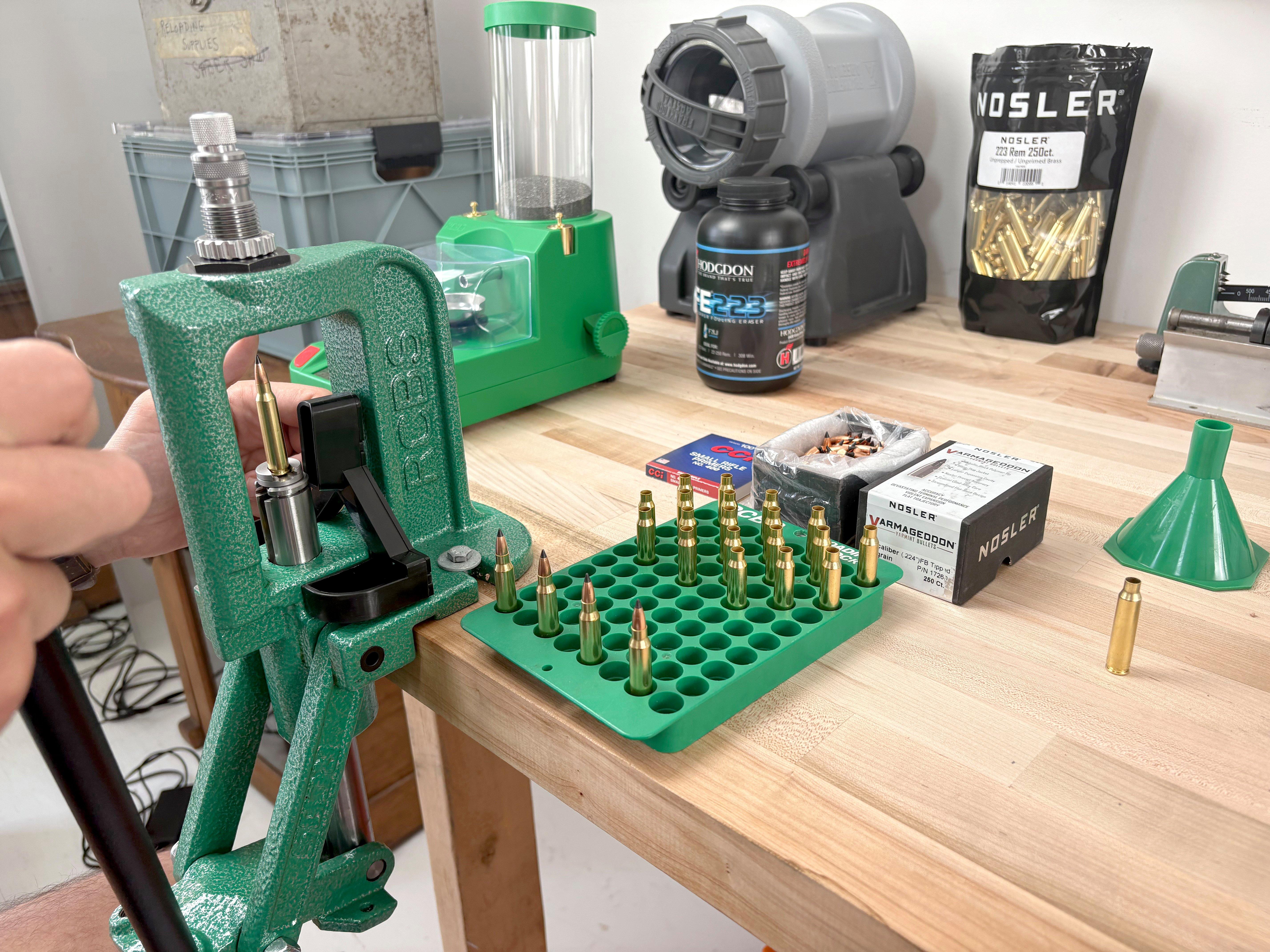
Reloading components for the .223 are readily available and inexpensive. Photo by author
The recoil on a .223 is negligible, making it a perfect round for younger shooters. But it’s still a good round for you, too. The less recoil in a rifle, the better you’ll shoot it. Finally, the .223 can do things that bigger rifles can’t. If you want to take a coyote or bobcat while you’re out hunting and not ruin the pelt, a .223 will do the job. It’s also a great general-purpose cartridge for varmint and pest control around the farm, yet can still knock deer down if you know how to set it up right.
.223 SETUPS FOR BIG GAME
Mann has been shooting whitetails with a .223 for a long time, and I trust his experience and data over any hearsay I have knocking around my head. According to him, the key to the .223's lethality is velocity. The more speed you have, the better your bullet will effectively upset, and the more damage you’ll see on vital organs in a deer.
But with small-caliber centerfires in particular, there are important considerations when picking the right bullet. Many .223 hunting rounds are loaded with frangible, light-jacketed bullets designed for rapid expansion. Such bullets are great for quickly knocking down coyotes, and can work on deer — but an impact with a rib bone can cause the bullet to break apart before penetrating adequately. The result is a wounded and lost animal.

When hunting big game with a small caliber, it is important to choose a bullet designed for the task.
Fortunately, there are a few very good deer bullets made for the .223, all of which are designed to penetrate deeply and expand, punching through bone and heavy muscle along the way.
“For deer hunting, you’re pretty much left with four lead bullets: The Nosler Partition, Nosler Accubond, Federal Fusion, Swift Scirroco,” Mann says. “Mono metal bullets like the Barnes TSX work, too. I’ve shot deer with all of them, and nothing works like the Nosler Partition.”
To get these bullets to work, you need them to hit at high velocity. As you stretch shots out, velocity will decrease, causing bullets to upset less. You should be OK as long as you’re above 2,000 fps for a lead bullet or around 2,500 fps and higher for a mono-metal bullet. That gives you about 300 yards for lead bullets and 200 for mono metal. That said, the faster the bullet hits, the better off you’ll be.
“Think of it like throwing a rock into a pond,” Mann says. “If you want to get a bigger splash, you either need to get a bigger rock or throw a small rock faster. A .223 is a small rock, and to get a big splash inside of an animal, you need to throw it fast.”
.223 SETUPS FOR SMALL GAME
With the .223’s ability to go from deer and hogs to varmints, I got really interested in learning about how a reduced load could be used to take small game like squirrels and rabbits without demolishing the meat. I’ve often been out deer hunting and seen a ton of squirrels, but didn’t have a rimfire to shoot them with. Had I brought one, I would have probably shot my limit. But who wants to tote two guns in the woods when you can get both jobs done with one?
I haven’t messed with reduced power .223 handloads myself, but Mann has. “I’ve been able to load a .223 down to about 2,000 fps and still get decent precision out of it,” he says. “The main thing is that it is very rifle dependent and will take some experimenting with bullets, loads, and your rifle to figure out a combination that works. Some loads I tested grouped like a snuff can, while others were stacking right on top of each other. Within 50 yards, you should be able to find something that works.”
The Hodgdon website gives load data for reduced .223 loads for four different powders: 5744, Clays, Tightgroup, and Trailboss. With all of them, they’re running 55-, 64-, or 77-grain projectiles and getting subsonic velocities of just over 1,000 fps, which would be quiet as a handclap when paired with a good suppressor. Whether you’re aiming for Mann’s 2,000 fps mark or the subsonic 1,000 fps velocity, you’re landing somewhere in the ballpark of a .22 LR or a .22 WMR ballistics, both of which are fine cartridges for small game. At each speed you won’t run the bullets fast enough to cause bullet upset, but if you’re head-shooting small game, that doesn’t matter. You just need to play around with different bullets and charges (using established data) until you find a combination that shoots around 1 inch at 50 yards.
Don’t Miss: HOW TO RELOAD AMMUNITION, BASICS FIRST
Functionality in semi-automatic platforms, and changes in the point of impact between reduced loads and standard loads could cause some hiccups in the field, but there are some workarounds. Bolt-action or single-shot platforms solve the functionality issue. And modern optics can help with the point of aim / impact issues.
The simplest solution would be to run an optic with hand-adjustable turrets, which many hunters already do. At the range, figure out where your standard loads hit, and then set your zero. Next, figure out where your reduced loads hit, and simply write down the holdover to adjust on the fly. You could dial for a rabbit, take the shot, and then spin the turret back to zero to keep on hunting for deer. Another option could include running a micro red-dot mounted at a 45-degree angle or to the top of your scope rings, which you can set up for close-range shots with the reduced-power loads.
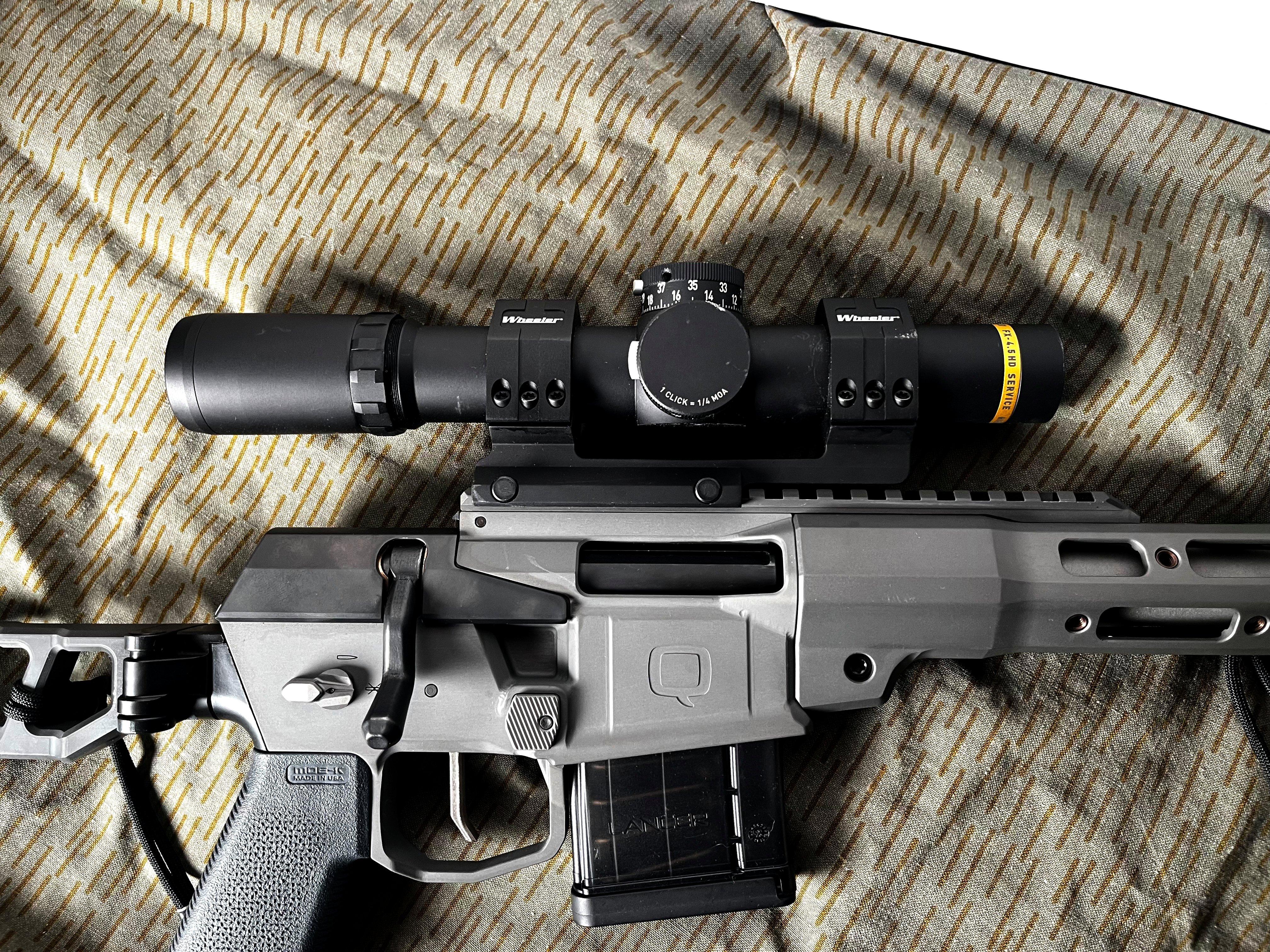
The author’s setup will allow him to hunt several game species by simply swapping magazines and using the dial on his scope to compensate for low-velocity, small-game handloads. Photo by author
So with all of that in mind, the setup I’m excited to try this fall is a Q Mini-Fix braced pistol and a fixed-power scope with adjustable turrets. It’s an extremely compact package, so adding a suppressor doesn’t burden the portability much at all. Better yet, I can switch from a reduced load for squirrels and rabbits to a full-power load for deer with just a magazine swap. It’s not the perfect hunting gun for all things, but the more I think about it, the more it makes sense for just about everything.




